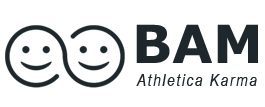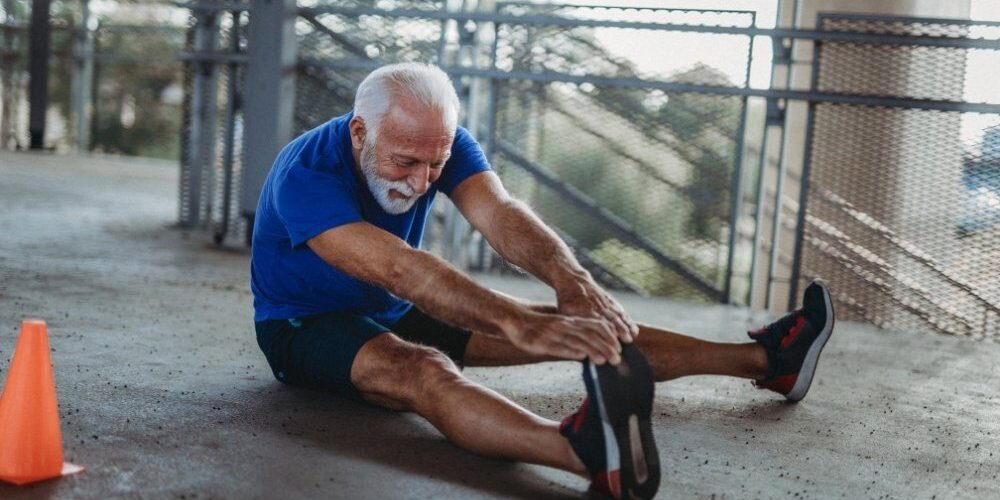At some point in our lives, we’ve all felt the impact from a hurt calf muscle.
Whether the calf has a muscle spasm, or is injured accidentally or from sports, the calf muscle is one of those core muscles everyone should maintain to prevent injuries and improve flexibility, balance and power.
The calf muscles, located on the back of the lower leg, are essential for running, jumping, and walking.
Thus, calf stretching is a vital component of any fitness routine, helping to prevent injuries, improve flexibility, and enhance mobility.
Using a slant board for calf stretching is an effective way to stretch the calf muscles. Especially as you age, or if you put your calf muscles thru extra stress from sports or fitness, building a healthy calf muscle through calf stretching will benefit you in numerous ways.
How does one build a healthy calf muscle? Simple. Stretch the calf.
Slant boards are great exercise equipment for stretching the calf. Slant boards or calf stretchers are designed to elevate the heel and allow for a deeper stretch of the calf muscles.
They are made of a sturdy material and come in different angles to target different areas of the calf muscles. Using a slant board for calf stretching offers many benefits, including improved flexibility, reduced muscle soreness, and increased range of motion.
Calf stretching boards work by allowing the foot to be positioned at an angle that stretches the calf muscles more effectively than other stretching methods.
The incline of the board stretches the calf muscles at a greater angle, providing a deeper and more effective stretch. This allows for a more thorough stretch of the calf muscles, which can improve overall flexibility and mobility.
One of the advantages of using a slant board is that they can be adjustable to multiple slanted angles.
There are different angles a calf stretch board offers, ranging from 10 degrees, 20 degrees, and to more than 30 degrees. The BAM wooden slant board offers up to 5 easily adjustable angles or inclines.
The different angles provide varying degrees of stretch, allowing users to adjust the board to target different areas of the calf muscles. A higher angle will target the upper calf muscles, while a lower angle will target the lower calf muscles.
Here are 3 popular calf stretching exercises to do on a slant board:
- Straight Leg Calf Stretch: Stand with the ball of your foot on the board and your heel hanging off the edge. Gently lean forward, keeping your leg straight, until you feel a stretch in your calf muscle. Hold for 20-30 seconds and repeat on the other leg.
- Bent Knee Calf Stretch: Stand with the ball of your foot on the board and your heel hanging off the edge. Bend your knee slightly and lean forward, keeping your heel on the board. Hold for 20-30 seconds and repeat on the other leg.
- Gastrocnemius Stretch: Stand with your toes on the board and your heels on the ground. Lean forward and hold onto a wall for support. Keep your legs straight and feel the stretch in your calf muscles. Hold for 20-30 seconds and repeat.
Athletes should also stretch their calves regularly to prevent injuries and improve performance. The slant board is great for performing squats to build strength in the hamstrings, quads and calves.
It works the same as a squat wedge, but offers more versatility with its multiple adjust angles and a larger and more stable surface area when standing on the slant board.
The benefit of using a slant board for calf stretching can help alleviate tight calf muscles can lead to injuries such as Achilles tendonitis, plantar fasciitis, and calf strains.
Stretching the calf muscles can also improve balance and stability, which can help athletes perform at their best.
A bad calf muscle can lead to several medical issues that affect the lower leg and ankle. Here are some potential medical issues that may arise from a bad calf muscle:
- Strain: Overexertion or overuse of the calf muscle can cause muscle strain, which is characterized by muscle pain, stiffness, and weakness. A calf strain can range from mild to severe, and severe strains can result in a complete tear of the muscle.
- Achilles Tendinitis: The Achilles tendon connects the calf muscle to the heel bone, and overuse or injury to the calf muscle can lead to inflammation of the Achilles tendon, known as Achilles tendinitis. This condition causes pain and stiffness in the back of the ankle and can make walking and other physical activities difficult.
- Plantar Fasciitis: The plantar fascia is a thick band of tissue that runs along the bottom of the foot and connects to the heel bone. A tight or injured calf muscle can pull on the plantar fascia, leading to inflammation and pain in the heel, known as plantar fasciitis.
- Deep Vein Thrombosis (DVT): DVT is a blood clot that forms in a deep vein in the body, usually in the leg. A bad calf muscle can increase the risk of DVT by reducing blood flow and causing blood to pool in the veins. DVT can be a serious condition that requires immediate medical attention.
It is important to seek medical advice if you experience any pain, swelling, or stiffness in your calf muscle, as this could be a sign of a more serious medical condition. A doctor or physical therapist can help diagnose the problem and recommend appropriate treatment options.
People should stretch their calves for simply health and wellness reasons as well.
Tight calf muscles can lead to poor posture, lower back pain, and decreased mobility. Stretching the calf muscles regularly can help prevent these issues and improve overall health and wellness can help alleviate pain and improve flexibility, which can speed up the recovery process. Incorporating calf stretches into a daily routine can help prevent future injuries from occurring as well.
In conclusion, using a slant board for calf stretching can provide many benefits for overall health and wellness.
By targeting the calf muscles with deep stretches, users can improve their flexibility, mobility, and prevent injuries. Incorporating calf stretching exercises into a daily routine can help improve balance, reduce muscle soreness, and prevent injuries.
Make sure to use proper form and gradually increase the intensity of the stretches over time.







